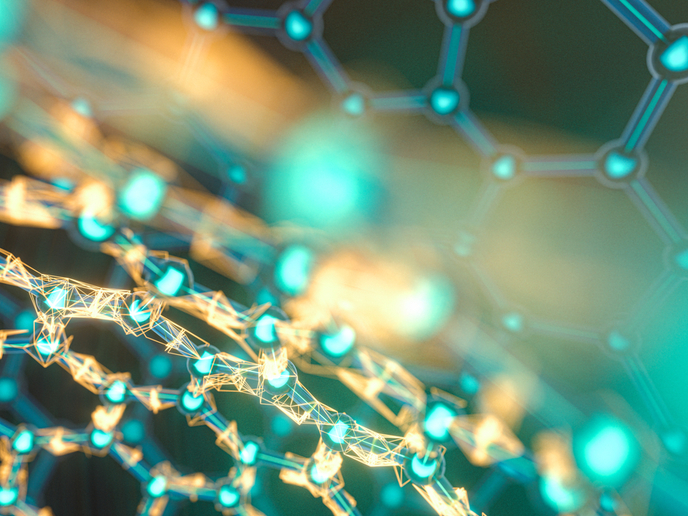Novel method based on smart materials shows real-time cell damage
Biological cells are subjected to mechanical stress from their surrounding substrates all the time, which affects how they behave. To study cellular behaviour, researchers supported by the EU-funded 4D-BIOMAP project have now developed a novel method based on magneto-active polymers. Their findings were published in the journal ‘Applied Materials Today’. The new experimental-computational method allows researchers to non-invasively control complex deformation modes in cellular substrates in real time. Thanks to this system, scientists can instantaneously evaluate the mechanical effects on cells and the effect on different biological responses. According to the study, non-invasive stimulation is made possible because of the ability of soft magneto-active rubber-like materials called magnetorheological elastomers (MREs) to respond mechanically to external magnetic fields. The MREs consist of a soft polymeric matrix (polydimethylsiloxane) containing micron-size magnetic particles (carbonyl iron powder). When subjected to an external magnetic field, the particles magnetise and react by changing their shape and/or stiffness.
Real-time analysis of cell damage made possible
The proposed system paves the way for scientists to gain insight into the mechanobiological processes that occur during complex and dynamic deformation states such as traumatic brain injury, pathological skin scarring and fibrotic heart remodelling during myocardial infarction. “We have managed to reproduce the local deformations that occur in the brain when it is subjected to an impact. This would make it possible to replicate these cases in the laboratory, analysing what happens to the cells and how they are damaged in real time,” explains Dr Daniel García-González of 4D-BIOMAP project host Universidad Carlos III de Madrid, Spain, in a news release posted on ‘EurekAlert!’. “Furthermore, we have validated the system by demonstrating its capacity to transmit forces to the cells and act on them.” The researchers designed a multi-component stimulator-imaging system that uses the multifunctional properties of MREs to control the mechanical deformation of cellular substrates non-invasively. They first manufactured different MREs with varying degrees of stiffness and magneto-mechanical coupling intensity. Having analysed the mechanisms that govern the materials’ behaviour, the team developed a multi-physics and multiscale in silico framework to guide the experimental stimulation set-up. The system’s versatility and viability were then demonstrated through its ability to reproduce complex mechanical scenarios simulating local strain patterns in brain tissue during a head impact, and its capability to transmit mechanical forces to cellular systems (human dermal fibroblasts). The authors report in the study: “Differently from previous approaches …, we allow at the same time for: non-invasive (through magnetic fields) mechanical stimulation, real-time control of mechanical stimulation, and alternating (complex) deformation modes controlling local changes in both magnitude and principal strain components.” Dr González notes in the news release. “Supported by the computational model, we have used all this basic science to design a smart actuation system which, coupled to a microscope developed within the ERC, allows us to visualise the cellular response in situ. In this way, we have consolidated a comprehensive framework to stimulate cellular systems with magneto-active smart materials.” The 5-year 4D-BIOMAP (Biomechanical Stimulation based on 4D Printed Magneto-Active Polymers) project is using powerful printing approaches to create magneto-active polymers and characterise them in critical applications related to nervous system functioning. It ends in December 2025. For more information, please see: 4D-BIOMAP project
Keywords
4D-BIOMAP, cell, cellular substrate, magneto-active polymer, mechanical stimulation, magnetorheological elastomer, brain, smart materials



